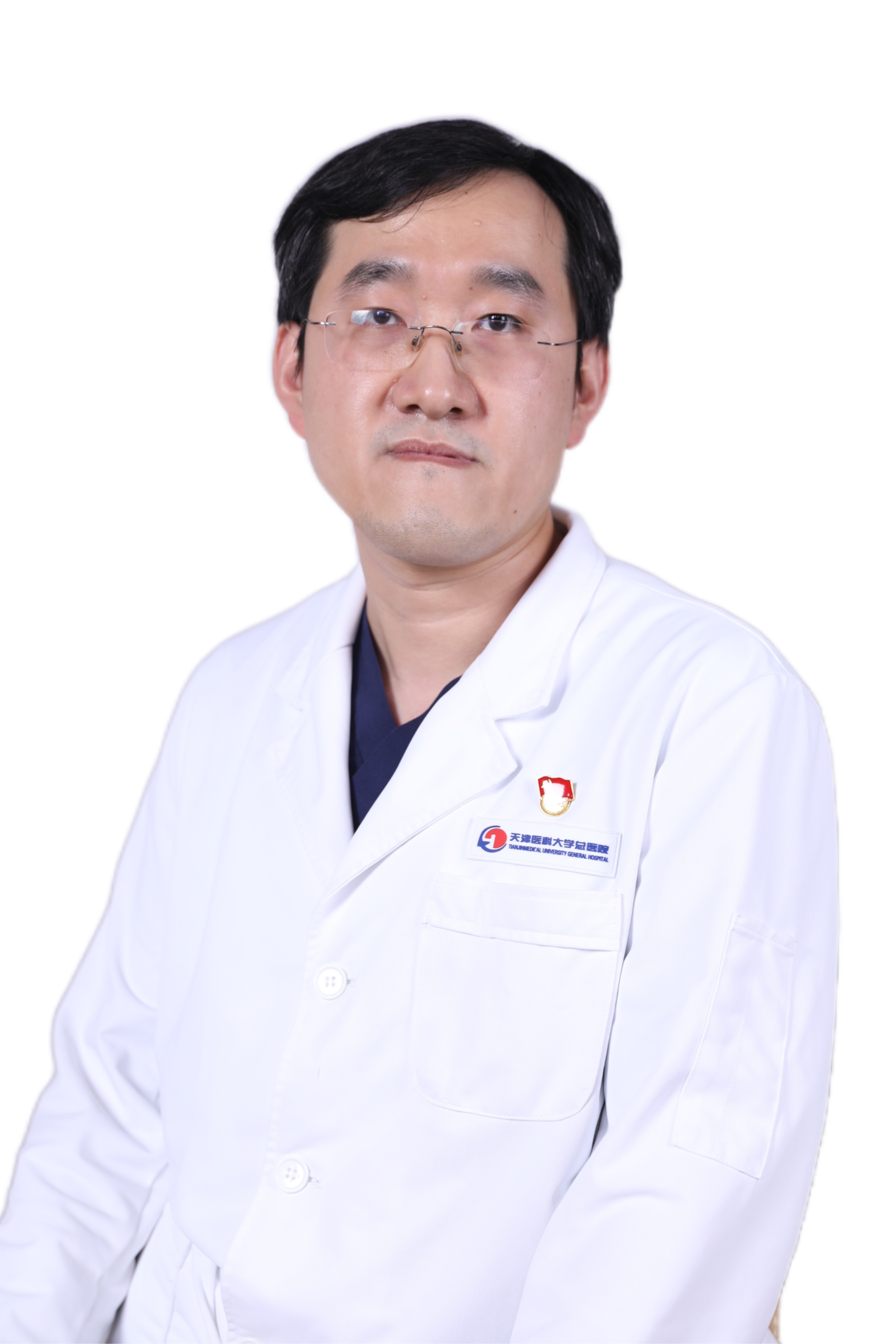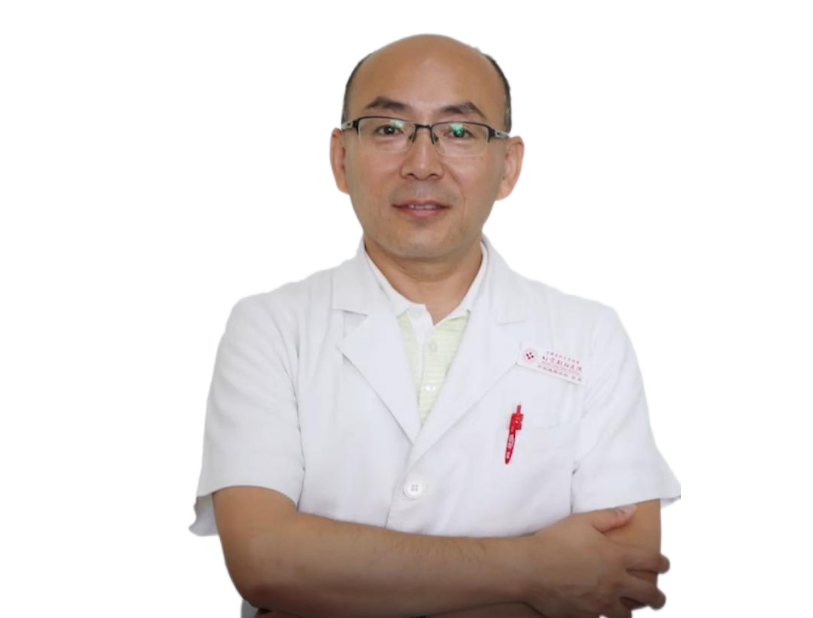What does it mean when a child's neck tilts forward?
Under normal circumstances, the main causes of a child's forward head posture (neck proclination) include poor postural habits, weak neck muscles, congenital muscular torticollis, cervical spine developmental abnormalities, and post-inflammatory adhesions from cervical lymphadenitis. If discomfort symptoms occur, it is recommended to promptly seek medical evaluation and treatment at a reputable hospital. Specific analyses are as follows:
1. Poor Postural Habits
When children frequently look down at electronic devices or lean their heads forward while writing at a desk for prolonged periods, the natural curvature of the cervical spine changes, leading to forward neck posture. Adjusting desk and chair height, limiting screen time, reminding children to keep their heads up and chests out, and encouraging them to stand up and stretch their necks every 30 minutes can help correct this.

2. Weak Neck Muscles
Lack of physical activity in children may lead to underdeveloped neck and shoulder muscles, which are then unable to adequately support the weight of the head, resulting in forward head tilt. Daily neck stretching exercises combined with sports such as ball games or jump rope can strengthen the muscles of the neck and shoulders.
3. Congenital Muscular Torticollis
This condition occurs when the sternocleidomastoid muscle is injured at birth, leading to fibrosis and contracture of the muscle, pulling the head to one side and forward. Under medical guidance, manual massage therapy and warm compresses may be used to relax the muscle. In severe cases, surgical release of the sternocleidomastoid muscle may be required, followed by wearing a cervical collar for correction.
4. Cervical Spine Developmental Abnormalities
Malformations in the development of cervical vertebrae can disrupt the normal physiological curvature of the spine, causing forward neck posture and limited neck mobility. Customized cervical braces may be worn under medical supervision to correct alignment. Regular follow-up evaluations of spinal development are necessary, and in severe cases, corrective surgery for cervical deformity may be required.
5. Post-Lymphadenitis Adhesions in the Neck
After inflammation of cervical lymph nodes, adhesions may form between the lymph nodes and surrounding tissues, pulling on neck muscles and causing forward neck tilt. A history of neck infection is often present. Under medical guidance, medications such as cefaclor granules, amoxicillin-clavulanate potassium dry suspension, or Pudilan anti-inflammatory oral liquid may be prescribed. After inflammation is controlled, rehabilitation exercises are recommended. In cases of severe adhesions, surgical adhesion release may be necessary.
In daily life, it is important to cultivate good sitting and standing postures in children; increase outdoor activities to strengthen neck and shoulder muscles; regularly monitor cervical spine development; avoid prolonged head-down positions; choose appropriately sized beds, desks, and chairs; and seek timely medical attention for any neck abnormalities to prevent delays in correction.









